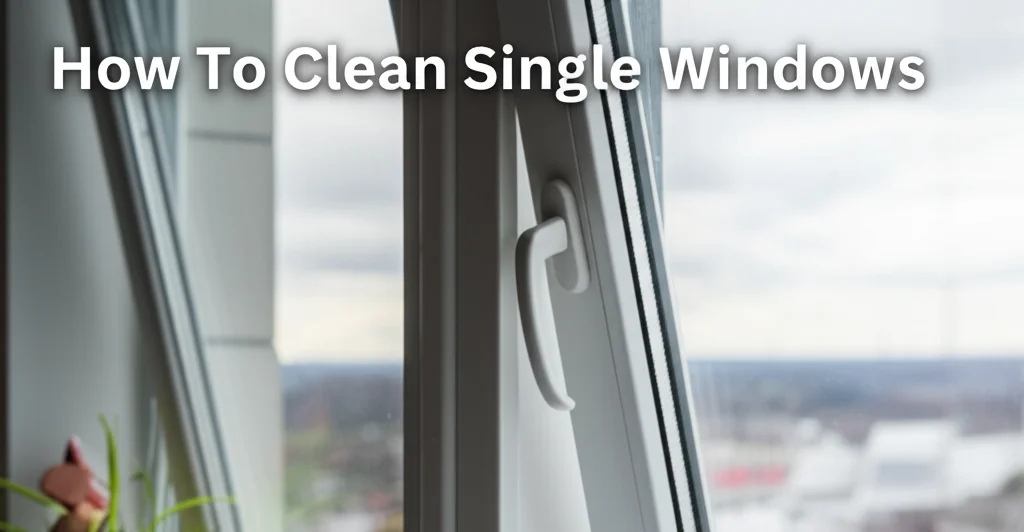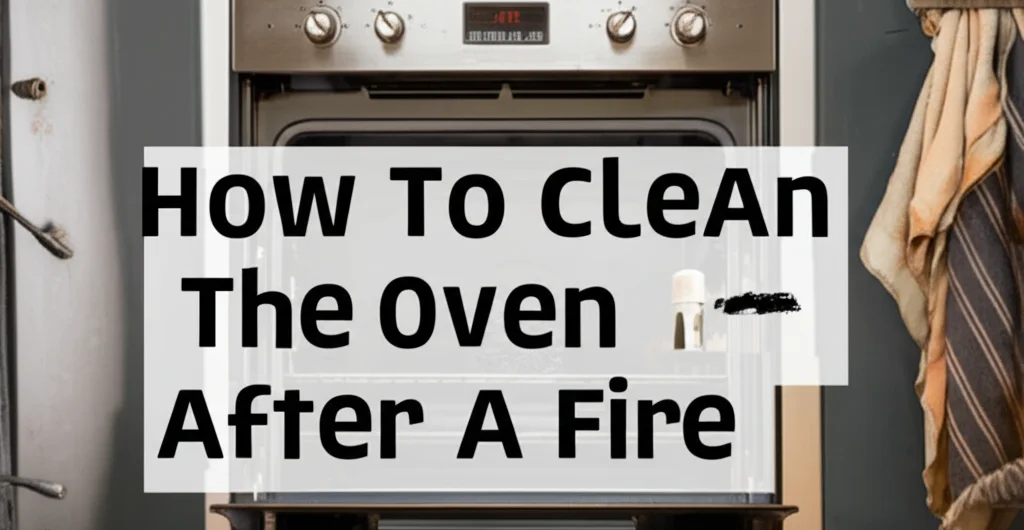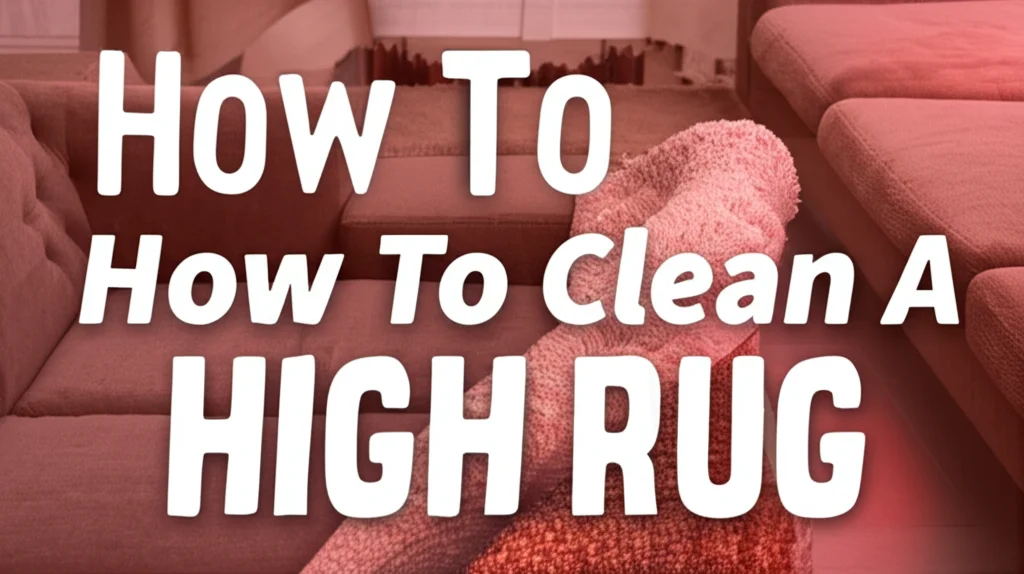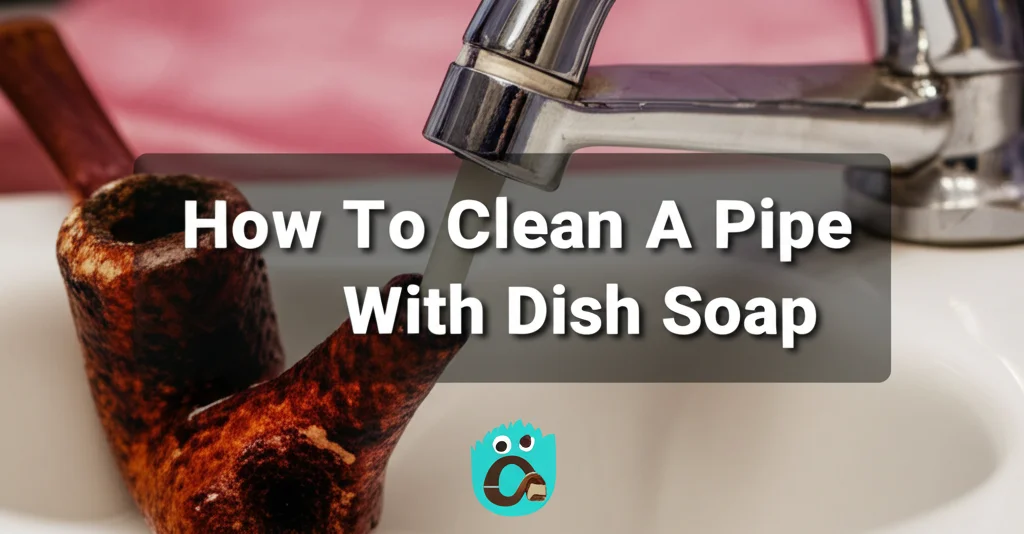· Home Cleaning · 6 min read
How To Clean White Furniture That Has Turned Yellow?
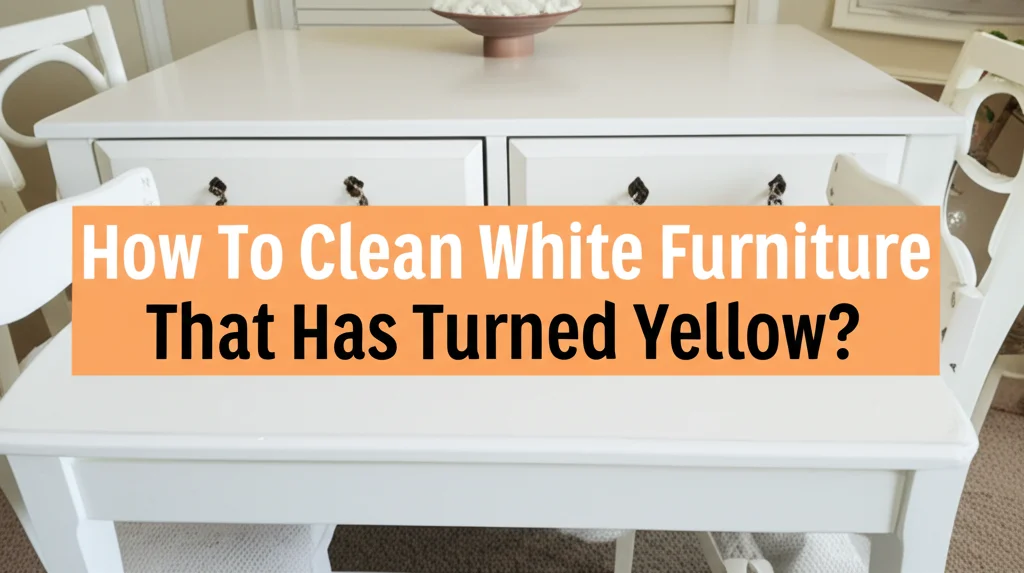
Why Does White Furniture Turn Yellow?
Have you noticed your once-pristine white furniture developing a yellowish tinge? It’s a common problem, and thankfully, not a sign your furniture is ruined. This discoloration happens over time due to a combination of factors, including exposure to sunlight, dust, and even the natural aging process of the materials. Understanding why it happens is the first step to knowing how to fix it. This article will guide you through effective methods to clean white furniture that has turned yellow, bringing back its bright, fresh look.
Quick Answer: To clean yellowed white furniture, try a mixture of baking soda and water, hydrogen peroxide, or a mild bleach solution (test in an inconspicuous area first!). Gentle scrubbing and thorough rinsing are key to restoring the original color.
Takeaway:
- Identify the furniture material.
- Test cleaning solutions in a hidden spot.
- Use gentle scrubbing motions.
- Rinse thoroughly and dry completely.
Understanding Your Furniture’s Material
Before you start cleaning, it’s crucial to identify what your furniture is made of. Different materials require different approaches. Wood, laminate, plastic, and upholstery all react differently to cleaning agents. Using the wrong cleaner could cause damage, so knowing your furniture’s composition is essential. Check for a manufacturer’s label, or if you’re unsure, test your cleaning solution in a hidden area first.
Wood Furniture
Wood furniture is susceptible to yellowing due to oxidation and the breakdown of finishes. The finish itself, often varnish or lacquer, can discolor over time. Cleaning wood requires a gentle touch to avoid stripping the finish or damaging the wood itself. You can often restore wood furniture with a combination of mild cleaners and polishing.
Laminate and Plastic Furniture
Laminate and plastic are generally more durable, but they can still yellow from UV exposure. These materials are less porous than wood, making them easier to clean, but harsh chemicals can still cause damage. A simple solution of soap and water is often sufficient, but for stubborn yellowing, you might need a slightly stronger approach.
Upholstered Furniture
Upholstery presents a unique challenge, as fabrics can stain and discolor easily. The type of fabric – cotton, linen, polyester, etc. – will dictate the best cleaning method. Always check the care label before attempting to clean upholstered furniture, and consider professional cleaning for delicate fabrics. If you’re looking for ways to clean your sofa without a vacuum, check out https://www.beacleaner.com/2-painless-ways-to-clean-sofa-without-vacuum-cleaner/.
The Baking Soda Paste Method
Baking soda is a gentle abrasive and a natural deodorizer, making it a great option for cleaning yellowed furniture. It’s particularly effective on surfaces like laminate and plastic. This method works by gently lifting the discoloration without causing damage. It’s a safe and affordable solution for tackling mild to moderate yellowing.
- Make a Paste: Mix baking soda with a small amount of water to create a thick paste.
- Apply and Scrub: Apply the paste to the yellowed areas and gently scrub in a circular motion using a soft cloth or sponge.
- Rinse and Dry: Rinse thoroughly with clean water and dry with a clean cloth.
- Repeat if Necessary: For stubborn stains, repeat the process.
Harnessing the Power of Hydrogen Peroxide
Hydrogen peroxide is a mild bleaching agent that can effectively brighten white furniture. It’s particularly useful for tackling yellowing on upholstery and wood. However, it’s important to use it cautiously, as it can lighten the color of some materials. Always test in an inconspicuous area first!
- Dilute the Peroxide: Mix equal parts hydrogen peroxide (3% solution) and water.
- Apply and Let Sit: Apply the solution to the yellowed areas and let it sit for 15-30 minutes.
- Blot and Rinse: Blot the area with a clean cloth and rinse with clean water.
- Dry Thoroughly: Dry the area completely to prevent water damage.
Mild Bleach Solution for Stubborn Yellowing
For particularly stubborn yellowing, a very diluted bleach solution can be effective. However, this should be used as a last resort, as bleach can damage some materials. Always test in a hidden area first, and wear gloves and eye protection when working with bleach. If you’re dealing with mold, you might also want to check out https://www.beacleaner.com/how-to-remove-mold-from-painted-walls/.
- Dilute the Bleach: Mix 1 tablespoon of bleach with 1 gallon of water.
- Apply Carefully: Apply the solution to the yellowed areas using a sponge or cloth.
- Rinse Thoroughly: Rinse the area extremely thoroughly with clean water to remove all traces of bleach.
- Dry Completely: Dry the area completely.
Sunlight and Lemon Juice: A Natural Brightening Duo
Sunlight and lemon juice can work together to naturally brighten yellowed furniture. Lemon juice contains citric acid, which acts as a mild bleaching agent, and sunlight enhances its effect. This method is best suited for wood and plastic furniture.
- Apply Lemon Juice: Apply lemon juice to the yellowed areas.
- Sun Exposure: Place the furniture in direct sunlight for a few hours.
- Rinse and Dry: Rinse the area with clean water and dry thoroughly.
- Caution: Avoid prolonged sun exposure, as it can cause further damage.
Preventing Future Yellowing
Once you’ve cleaned your furniture, you’ll want to prevent it from yellowing again. Protecting your furniture from sunlight and dust is key. Here are a few tips:
- Use Curtains or Blinds: Block direct sunlight with curtains or blinds.
- Regular Dusting: Dust your furniture regularly to prevent dust buildup.
- Furniture Polish: Apply furniture polish to protect the finish.
- Avoid Heat Sources: Keep furniture away from heat sources, as heat can accelerate yellowing.
- Consider Furniture Covers: Use furniture covers to protect your furniture from dust and sunlight. If you’re looking for ways to keep your floors clean, you might want to check out https://www.beacleaner.com/how-to-clean-hardwood-floors-with-vinegar/.
FAQ: Addressing Common Concerns
Q: Can I use vinegar to clean yellowed white furniture? A: While vinegar is a good cleaner, it’s not ideal for yellowing. It can sometimes worsen discoloration on certain materials. Stick to baking soda, hydrogen peroxide, or a diluted bleach solution.
Q: How often should I clean my white furniture? A: Regular dusting (weekly) and a more thorough cleaning every few months will help prevent yellowing.
Q: Is professional cleaning worth it? A: For delicate fabrics or valuable furniture, professional cleaning is often the best option. They have the expertise and equipment to clean your furniture safely and effectively.
Q: What if the yellowing is deep within the wood? A: Deep yellowing in wood may require sanding and refinishing. This is a more involved process best left to professionals.
Bringing Back the Brightness: A Final Thought
Cleaning white furniture that has turned yellow doesn’t have to be a daunting task. By understanding the cause of the discoloration and using the appropriate cleaning methods, you can restore your furniture to its original brightness. Remember to always test cleaning solutions in a hidden area first and to protect your furniture from future yellowing with regular maintenance. Don’t hesitate to seek professional help if you’re unsure about any step of the process. With a little effort, you can enjoy your beautiful white furniture for years to come!

